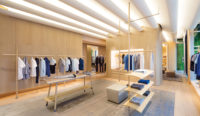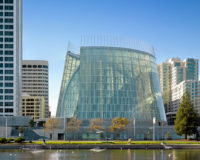Abstract Incarnations of Place: Portraits by Amy Archer

Abstract Incarnations of Place
Alley Way, Portland, Oregon, 2005, 21 x 15 inches (detail)
Photo © Amy Archer

Abstract Incarnations of Place
Rainbow Room, New York City, 2005, 46 x 40 inches (detail)
Photo © Amy Archer

Abstract Incarnations of Place
Birches, Astoria, Oregon, 2006, 25 x 21 inches.
Photo © Amy Archer

Abstract Incarnations of Place
Port Hood Island Field, Cape Breton, Canada, 2007, 17.5 x 20 inches.
Photo © Amy Archer

Abstract Incarnations of Place
New two-story houses.car Ferry, Port Townsend, Washington, 2006, 20 x 28 inches.
Photo © Amy Archer

Abstract Incarnations of Place
Tree Knot, Portland, Oregon, 2005, 63 x 19.5 inches.
Photo © Amy Archer

Abstract Incarnations of Place
Seattle Public Library, Seattle, 2004, 70 x 40.5 inches.
Photo © Amy Archer






Post a comment to this article
Report Abusive Comment